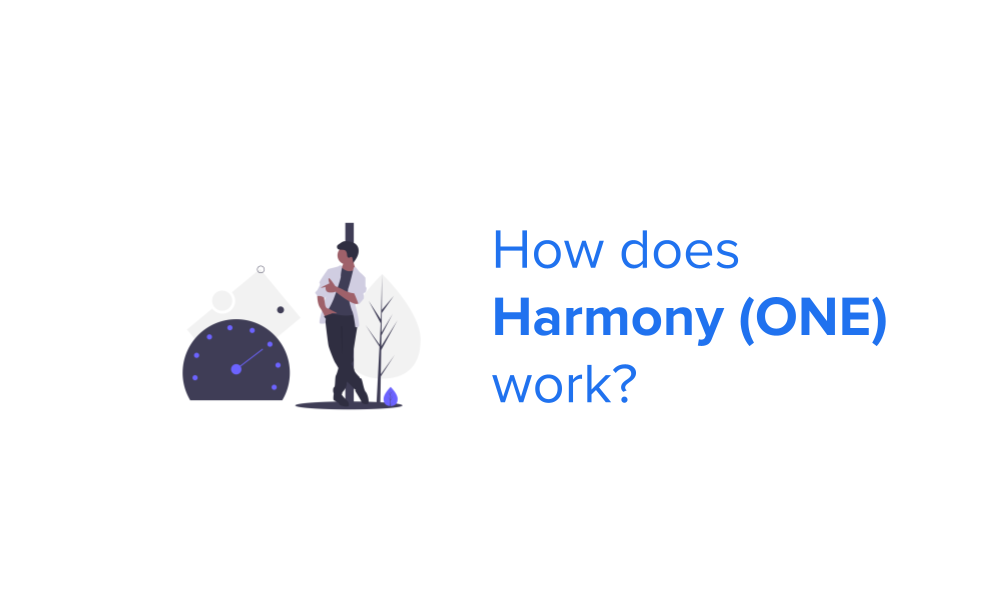Harmony is an open and fast blockchain that facilitates building decentralised applications. It offers a technique called state sharding that enables the transactions to occur faster than usual with a 2-second transaction finality. It also offers cross-chain asset transfers for its users.
Over the past few years, decentralized applications have sky-rocketed. With the increasing use of dapps in finance and gaming, the backing infrastructure had started falling short. Therefore, the market produced a lot of protocols and networks that facilitate making decentralized applications. Not just that, these protocols helped dapps improve and provide additional functionalities. Harmony is one of them. Let’s dive into what it is and how it works!
What is Harmony?
Harmony is a fast blockchain that is open source and that facilitates building decentralized applications. Harmony’s mainnet is used to run Ethereum applications with a 2-second transaction finality. It also offers about 1000 times lower fees for transactions and block validation. Moreover, it offers cross-chain operability. More specifically it connects POW chains to POS chains. This cross-chain operability is used for transferring crypto assets like collectables, governance etc. In reality, Harmony currently offers cross-chain asset transfers with Ethereum, Binance and three other chains.
It was founded by Stephen Tse, Rongjian Lan, Nick White and Sahil Dewan in 2018. These are people who had experience working with Google, Microsoft, Apple and Facebook. In 2019, the team launched their mainnet and opened staking in May 2020.
How does Harmony work?
Harmony uses a technique called state sharding. State sharding is used to separate a chain into parts that process transactions faster. This enables the platform to accelerate system performance and improve transaction validation speed. Harmony produces a new block sooner than other chains since it bounds itself with finality (2 seconds). Not just that, it uses Effective Proof-of-Stake (EPoS) staking mechanism. This allows token owners to allocate their holdings to network validators. Therefore, it reduces the centralization of assets.
Additionally, Harmony uses a Practical Byzantine Fault Tolerance (PBFT) mechanism to support the fast consensus of block transactions. This model allows finishing the transactions faster. Moreover, Harmony employs Boneh–Lynn–Shacham (BLS) constant-sized signatures.
The Native Token, ONE
ONE is the native token of Harmony. You can use the token for various forms of participation and payment. These include staking, transaction fees, voting and governance. Not just that, you can stake ONE on the network. In return, you can earn block rewards in exchange in the form of ONE. While staking, users participate in the network’s effective proof of state consensus mechanism. In the case of double-signing, there is a 2% slashing penalty on the validator’s reward. Not just that, if there are more defaulters then the slashing penalty will be even higher.


